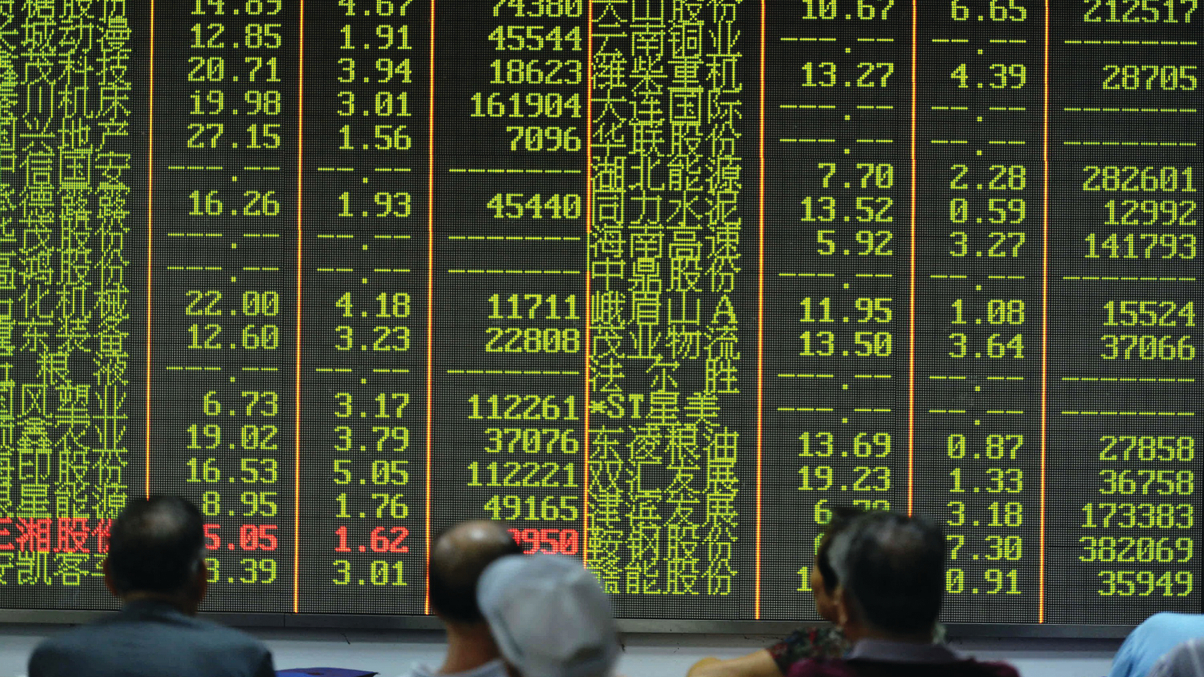Landmark move enhances access to China’s markets
MSCI’s inclusion of China A large cap shares in its emerging markets (EM) index presents exciting new investment opportunities. Gary O’Brien, head of custody product at BNP Paribas Securities Services, Asia Pacific, breaks down how they can be captured.

The long-awaited inclusion of China A Large Cap shares in MSCI’s EM indexes is finally here. In the first stage of a two-step process, more than 222 shares listed on Chinese exchanges are now available to offshore investors.
Sign in to read on!
Registered users get 2 free articles in 30 days.
Subscribers have full unlimited access to AsianInvestor
Not signed up? New users get 2 free articles per month, plus a 7-day unlimited free trial.
¬ Haymarket Media Limited. All rights reserved.


